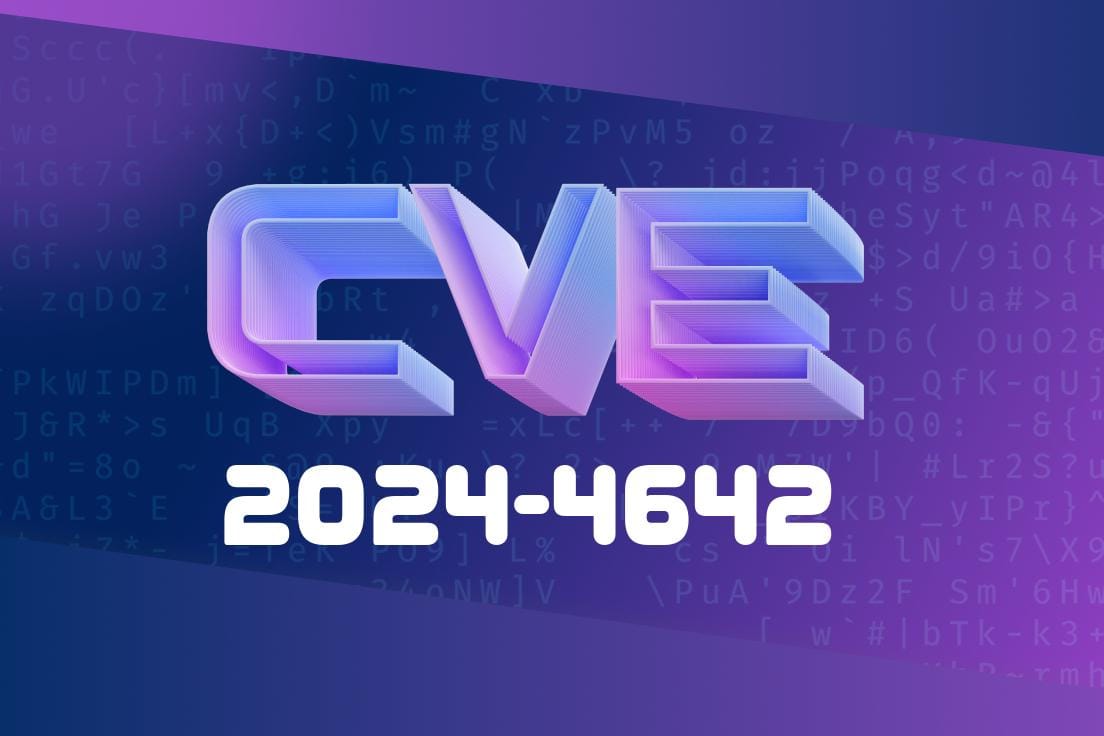Security researchers and system admins often check for new CVEs (Common Vulnerabilities and Exposures) to keep systems safe. However, sometimes you’ll come across a CVE entry like CVE-2024-4642 that is listed as “REJECTED.” This can be confusing, especially if you’re trying to decide if your systems are at risk or not.
Let’s break down why CVE-2024-4642 is rejected, what it means for you, and what actually happens behind the scenes with CVE entries.
What Is CVE-2024-4642?
CVE-2024-4642 was a reserved identifier in the public MITRE CVE database. But if you check the official record, you’ll see:
> REJECTED
> This CVE ID has been rejected or withdrawn by its CVE Numbering Authority.
That means there is no real vulnerability associated with this CVE, and you don’t need to worry about patching or remediating anything for this identifier.
Why Are Some CVEs Rejected?
CVEs are assigned by certified Numbering Authorities when a new potential vulnerability is reported. Sometimes, a CVE ID is reserved early during a report or investigation, but later the following might happen:
The vulnerability report contained errors or incorrect information.
When any of these conditions apply, the assigned CVE gets “REJECTED.” This avoids confusion and keeps the CVE database clean and accurate.
Here’s a simple example of a rejected CVE record
CVE-2024-4642
Status: REJECTED
Reason: This CVE ID has been rejected or withdrawn by its CVE Numbering Authority.
If you view the record online, you’ll see only this note and no technical details, affected versions, or vendor links.
What About Exploit Code?
Because CVE-2024-4642 was rejected, there is no actual vulnerability or exploit code for this CVE. Any exploit or patch claiming to be related to this identifier is not real, and you should ignore it. If you run into a “POC” (proof-of-concept) code online attached to this CVE, you’re likely looking at an error or a misunderstanding.
Whenever you see a CVE number, always check trusted, first-party sources before taking action
- CVE Details for CVE-2024-4642
- Official NIST NVD Record (may just redirect or note the rejection)
- MITRE’s official search at https://cve.mitre.org/cve/
If a CVE is marked as REJECTED, you’re safe to ignore it.
{ Q: Should I Worry About Patch Management for Rejected CVEs? }
No. If a CVE is listed as *rejected*, there is nothing to patch or update regarding that record.
Links and References
- CVE-2024-4642 at MITRE
- CVE FAQ – What Is a Rejected CVE?
- How CVE Numbers Are Assigned
- Why Are CVEs Rejected? Reddit Thread
In Summary
CVE-2024-4642 is nothing to worry about—it’s a placeholder for a vulnerability that turned out not to matter. Always check original databases, and don’t let rejected CVEs distract you from real security threats.
If you want to learn more about the CVE process, visit the CVE Program website. Stay secure and updated—but don’t chase ghosts!
Timeline
Published on: 05/16/2024 09:15:17 UTC
Last modified on: 05/20/2024 17:15:09 UTC
